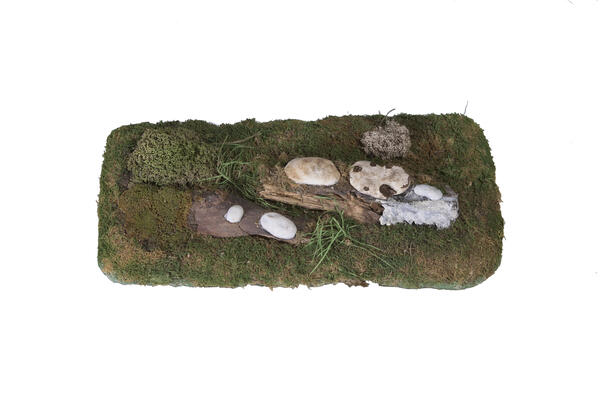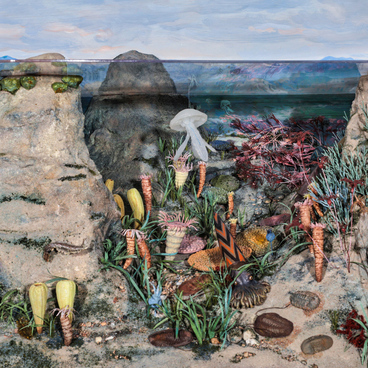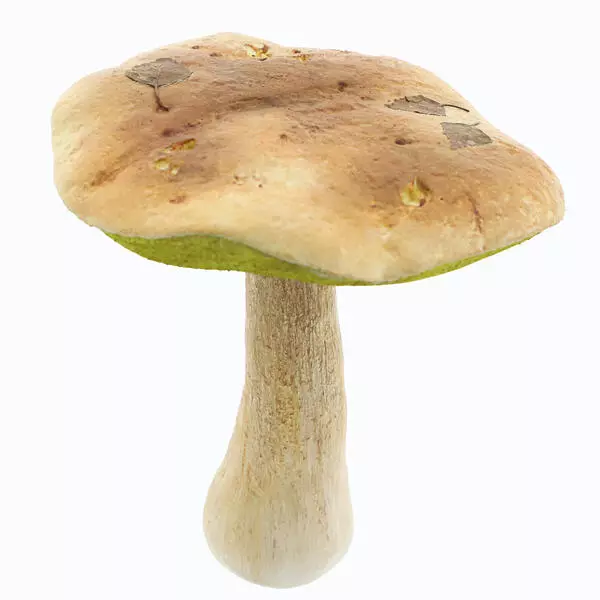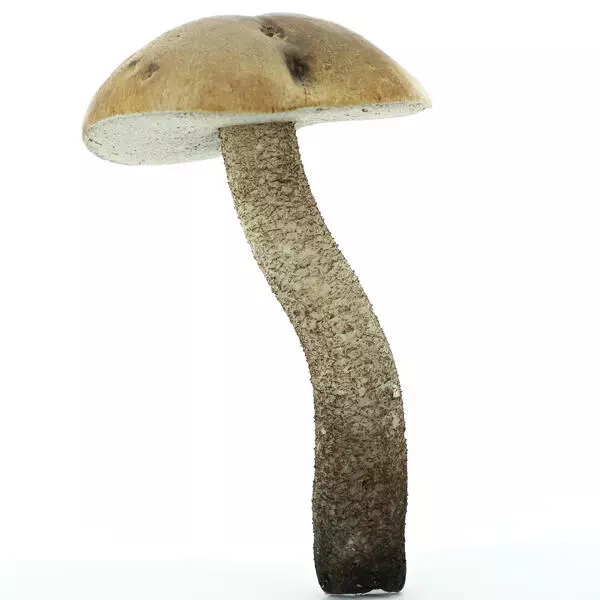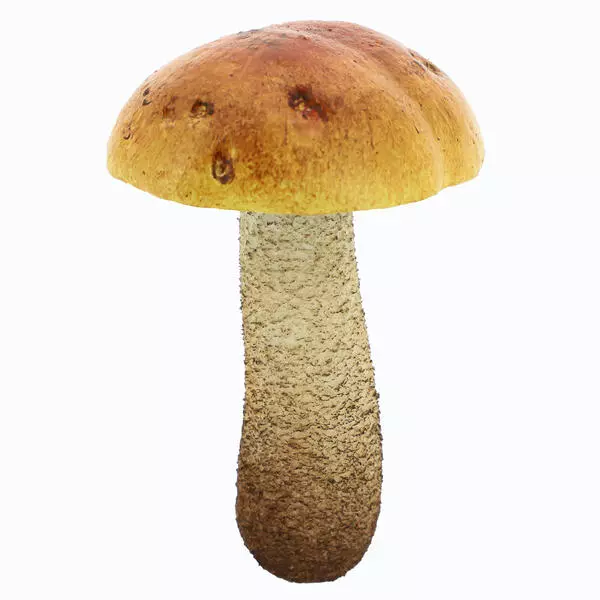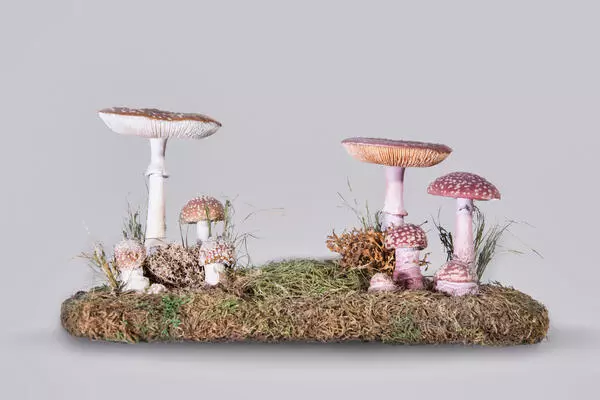Fuligo septica does not belong to fungi, but to mushroom-like organisms–a group of slime molds, or myxomycetes. In the modern classification of species, they are included in the kingdom of protozoa, single-celled organisms that have a cellular nucleus and live singly or in colonies.
Different groups of slime molds belong to different branches of protozoa that are not related to each other. What these organisms have in common is that at a certain stage of development they have the appearance of a plasmodium–a mucous mass with no hard cover. It can be a single multinucleated cell or a group of cells. In most species, the plasmodium is able to move, and it can also be seen with the naked eye.
The plasmodium forms fructification, often resembling the fruiting bodies of fungi. The spores sprout motile cells–zoospores, from which the plasmodium is also formed.
Fuligo is plentiful from July to November in deciduous, mixed and coniferous forests. It lives on rotten wood, tree bark, stumps, leaves or lower parts of stems of living plants, and other similar substrates or plant debris.
The main vegetative body of fuligo is a plasmodium. Most often, it is bright yellow, less often white or cream, sometimes rusty orange or even purple. Fuligo plasmodium looks like a sponge or a lump of dried porridge.
In order to reproduce, fuligo moves to lighted areas: ‘crawls’ to the surface of the substrate in which it lives.
As the plasmodium develops, it enters the sporulation stage, aethalium, similar to the fruiting body of fungi. During this period, fuligo looks like a flattened tortilla or cushion, which is covered with cortex on the outside. The cortex is a special shell that protects the spores from drying out. Its color varies from yellow to pink. The spores of fuligo can be spread by the wind or by insects of the Latridiidae family.
Under unfavorable conditions, fuligo turns into sclerotium, a thickened mass capable of hardening. It can remain in this form for several years, and then it transforms back into a plasmodium capable of movement.
Different groups of slime molds belong to different branches of protozoa that are not related to each other. What these organisms have in common is that at a certain stage of development they have the appearance of a plasmodium–a mucous mass with no hard cover. It can be a single multinucleated cell or a group of cells. In most species, the plasmodium is able to move, and it can also be seen with the naked eye.
The plasmodium forms fructification, often resembling the fruiting bodies of fungi. The spores sprout motile cells–zoospores, from which the plasmodium is also formed.
Fuligo is plentiful from July to November in deciduous, mixed and coniferous forests. It lives on rotten wood, tree bark, stumps, leaves or lower parts of stems of living plants, and other similar substrates or plant debris.
The main vegetative body of fuligo is a plasmodium. Most often, it is bright yellow, less often white or cream, sometimes rusty orange or even purple. Fuligo plasmodium looks like a sponge or a lump of dried porridge.
In order to reproduce, fuligo moves to lighted areas: ‘crawls’ to the surface of the substrate in which it lives.
As the plasmodium develops, it enters the sporulation stage, aethalium, similar to the fruiting body of fungi. During this period, fuligo looks like a flattened tortilla or cushion, which is covered with cortex on the outside. The cortex is a special shell that protects the spores from drying out. Its color varies from yellow to pink. The spores of fuligo can be spread by the wind or by insects of the Latridiidae family.
Under unfavorable conditions, fuligo turns into sclerotium, a thickened mass capable of hardening. It can remain in this form for several years, and then it transforms back into a plasmodium capable of movement.

